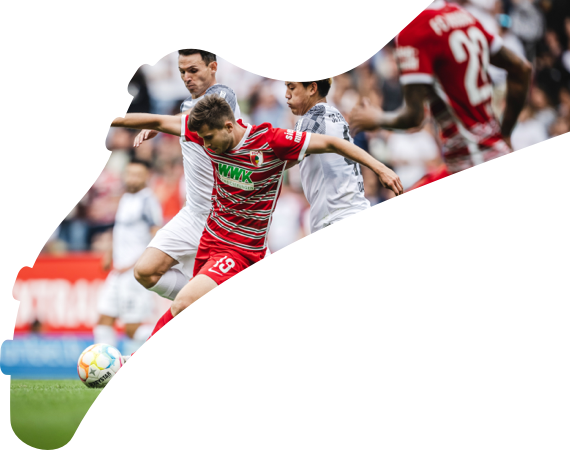
Not tiki-taka: How Guardiola actually wants Bayern to play
Munich - Believe it or not, but Pep Guardiola "hates tiki-taka". That’s been a recurring theme throughout his trophy-laden spell with Bavarian giants FC Bayern München. He’s one of football’s tactical pioneers, just don't call it tiki-taka.
The Iberian influence on Säbener Straße
If you’ve been following bundesliga.com’s series on Guardiola’s time in Munich, then you’ll have read his comment about "hating tiki-taka" on numerous occasions. Perhaps it’s led you to wonder how Guardiola would describe his passing style of football with Bayern. Perhaps you also correctly recall that it was the in-vogue tiki-taka used as Guardiola’s FC Barcelona side of 2008-2012 swept all before them.
There are two explanations as to why Guardiola hates the phrase. The first is pretty simple. The fast, direct style of football which so beguiled the world when Guardiola was at the Barcelona helm is actually known in Spain as 'El Toque' (the touch). In Guardiola’s homeland, the phrase 'tiki-taka' is used mockingly for possession without penetration.
The second explanation, however, goes somewhat further and has a more tactical background. Bayern’s game is obviously based on hundreds of passes, but as Guardiola has repeated on various occasions, "these passes aren’t an end in themselves". They are merely used to prepare an attack.
The reason Bayern’s average number of passes per game shot up to 693 in 2013/14 was due to Guardiola’s belief that 15 passes must be made before an attack can start. In order to make these passes as quick and fluent as possible, the ‘rondo’ has been introduced to Bayern training. A 'rondo' (literally: a knock-about) is a traditional Spanish training drill, where two players stand in the middle of a circle, formed of between six and eight players. The ball is moved around the circle as quickly as possible, but if you lose the ball to a player in the middle, you must go in yourself.
The means to an end
After 15 such passes on the field, defenders are enticed away from their position in search of the ball, meaning spaces open up, and the wide areas are freed of opposition defenders. This is when the first attack comes; the reason for which is to confound the opposition further and force them closer together. If the ball has found its way into the back of the net by this point, then it’s even better.
The important thing, however, is that the system isn’t just geared towards that one attack. If the opposition defence do try to clear the ball, then Guardiola’s side must regain it as quickly as possible, taking momentary advantage of an unordered defence. The high possession rate and number of passes are actually caused by Bayern reclaiming the ball again immediately after it has been lost, and if there is no possibility of an attack straight away, then rebuilding from the back.
The best form of defence
That such an attacking system also functions as the best form of defence is important. In comparison to the system under previous coach Jupp Heynckes, Guardiola’s defenders stand an average of four metres higher up the field. The space Bayern must then cover to the opposition’s goal is smaller, as are the distances between players, who support each other in recovering the ball as quickly as possible from the opposition if it is lost.
The manner in which the side is laid out on the field is also different when they have the ball: since the defence has been moved up, the players are closer together, which results in the creation of three-man triangles across the opposition half. These are conducive to a quick, direct passing game. Additionally, when the opposition have the ball, Bayern have the players already in place to condense the space in which they have to play - preventing them playing their way out quickly.
The sweeper keeper and the brain
Manuel Neuer’s position is another which prevents the opposition gaining any momentum - as modern football’s archetypal ‘sweeper-keeper’, Neuer makes the opposition’s long balls his own. This simultaneously prevents an opposition counter-attack, so feared by Guardiola, and allows his own team’s cycle to begin again.
Such a system, though, requires an incredibly high level of on-field organisation, as well as players with the tactical intelligence to internalise it. Indeed, when the players aren’t quite clicking together, the opposition are allowed chance after chance, as is sometimes the case in a poor Bayern performance.
The style of play also requires a clever defensive mind to process immediately the opposition’s on-field plans and find the appropriate response. To that extent, Guardiola has just gone out and signed the best in the business: Xabi Alonso.
Sebastian Stenzel/Daniel Thacker
This article is part five of our ‘Guardiola’s Bayern’ series


